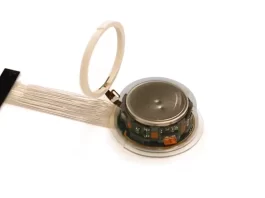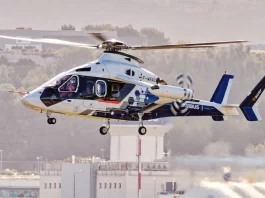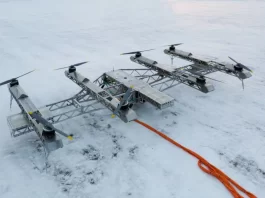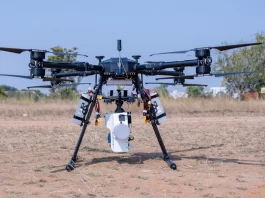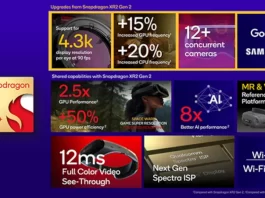Using a project with the codename Vertex, Airbus successfully tested a new simplified human machine interface (HMI) and advanced autonomous features. These technologies, created by Airbus UpNext, aim to simplify mission preparation and management, reduce the work helicopter pilots must do, and further boost safety. These technologies are operated via a touchscreen tablet.
During a test flight that lasted for one hour, the FlightLab of Airbus Helicopters demonstrated its ability to fly in a fully automated manner, beginning with lift-off and continuing through taxiing, takeoff, cruise, approach, and landing. Throughout this trip, the pilot kept a close eye on the system, which can identify unexpected obstructions and automatically recalculate a safe flying path. Through the tablet, the pilot can easily override the controls whenever necessary and then restart the interrupted task. The Airbus Helicopters facility in Marignane, France, served as the location for the flight test phase, which began on the 27th of October and continued until the 22nd of November.
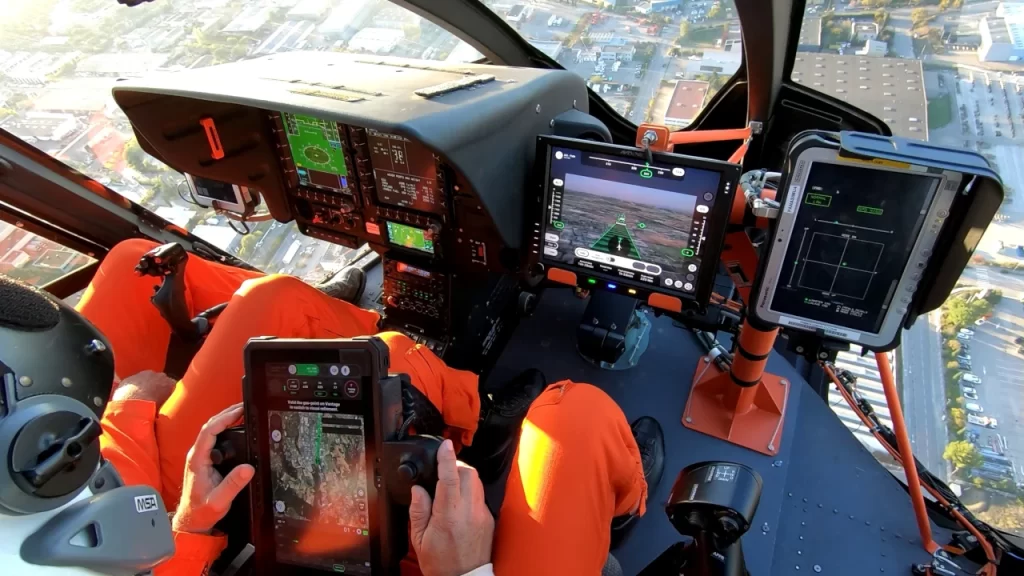
Michael Augello, the Chief Executive Officer of Airbus UpNext, stated that this successful demonstration of a completely autonomous flight from takeoff to landing is a tremendous step towards the reduced pilot workload and simplified HMI that the Airbus Urban Air Mobility team aims to implement on CityAirbus NextGen. As a result of the information provided by the lidars (light detection and range) that are on board, it is also possible that it could have immediate applications for helicopters flying at low levels close to obstacles.
The release from Airbus Helicopters stated that the company will continue to develop the various technologies that make Vertex. These technologies include vision-based sensors and algorithms for situation awareness and obstacle detection, fly-by-wire for enhanced auto-pilot, and an advanced human-machine interface, which will be implemented as a touchscreen and head-worn display for in-flight monitoring and control.

